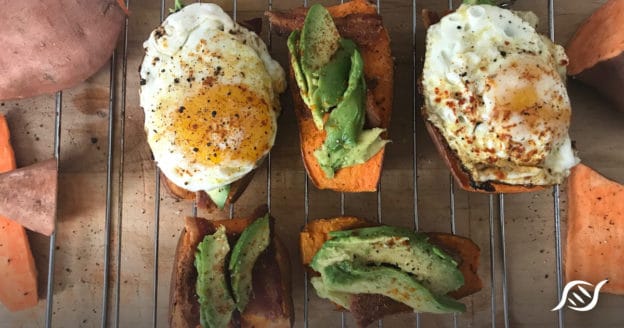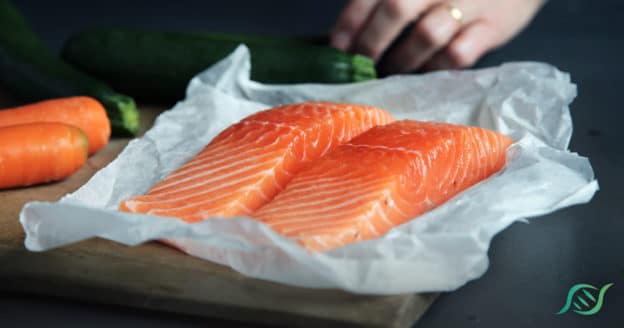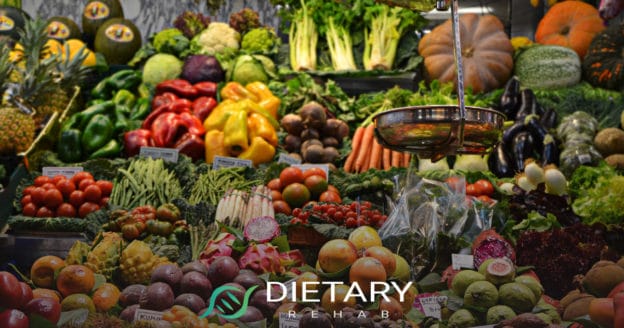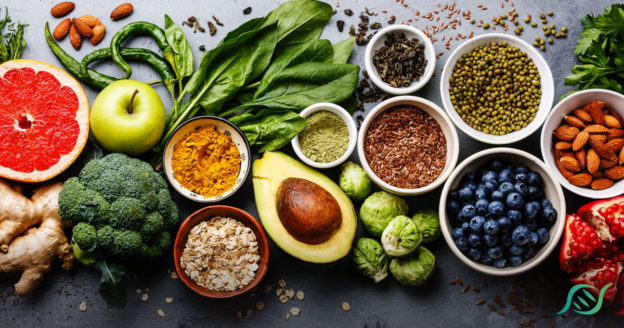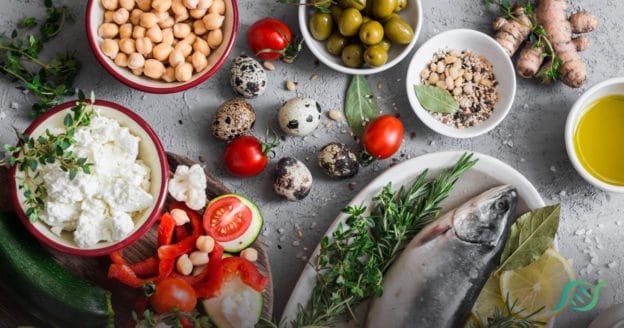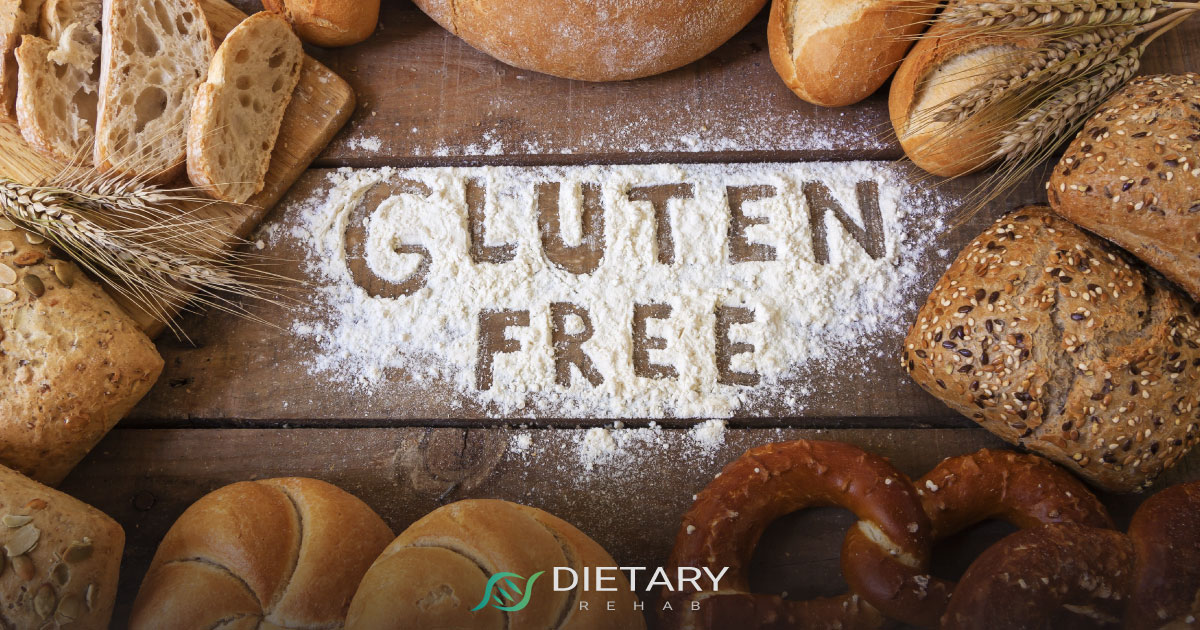
Celiac disease is an autoimmune disorder in which the body’s immune system mistakenly reacts to gluten. Glutens are proteins found in wheat, rye, barley and triticale.
Put simply, celiac sufferers cannot properly digest gluten. Instead, the body starts to destroy part of the small intestine, making it difficult to absorb vital nutrients. If you or a loved one has celiac disease, or you simply want to be your healthiest self, consider a gluten-free diet.
About Celiac Disease and Gluten
Celiac disease affects everyone differently, and can be difficult to diagnose. There are more than 200 known symptoms of this disease, including:
- Nausea
- Fatigue
- Joint pain
- Malnutrition
- Depression
- Vomiting
- Chronic diarrhea
- Abdominal bloating and pain
Symptoms can affect the entire body, and can appear in children and adults. Celiac disease is hereditary, and affects as many as 3 million Americans. About 97 percent of celiac disease cases go undiagnosed.
The only treatment for celiac disease is to follow a gluten-free diet. Gluten acts as “glue” that holds foods together, and exists in many products. It’s what gives bread a chewy and elastic texture, and is an important ingredient in making baked goods.
Beer, cereal, bread, pasta and many other foods contain gluten. Gluten is a completely indigestible protein that can slip through the lining of the intestines and cause inflammation in people with celiac disease.
Normally, the small intestine has villi that line the inside to help the body absorb nutrients. If one has celiac disease, ingesting gluten irritates this lining and causes the immune system to attack the villi.
Over time, this can lead to damage or destruction of the villi, and the inability to absorb important nutrients. This can cause malnutrition and a variety of related health problems. Adhering to a gluten-free diet can stop the symptoms of celiac disease, and allow the body to function normally.
Food Additives as Hidden Sources of Gluten
The number of hidden sources of gluten that exist in everyday products may surprise you. Identifying the more latent sources of glutinous material found in processed foods can be challenging, especially early on during your diet change.
Many people overlook one very significant source of gluten: food additives. Food additives for protein, texture, flavor or color may very well contain a source of gluten that causes a flare-up.
Companies may add ingredients to products to improve some element of it, such as the look or taste. Unfortunately, these additives can render the product inedible to people with celiac disease or gluten intolerances.
Always check labels for additives before consuming a product. Take a smartphone with you while you shop, and look up additives you aren’t familiar with. When in doubt, call the company to see if the product is gluten-free.
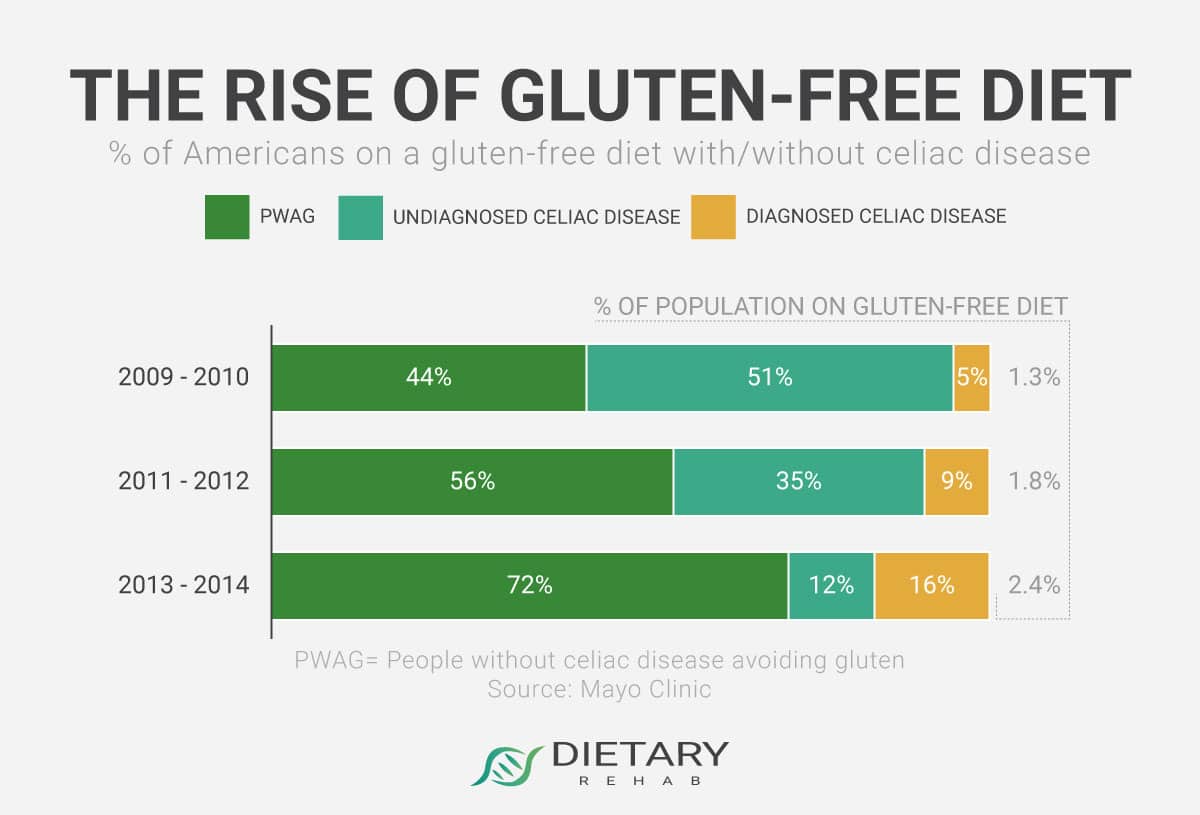
Celiac Disease Foods to Avoid
If you’re new to a gluten allergy or celiac disease, you’re probably wondering what foods you can and cannot eat on your new gluten-free diet. Luckily, scientists have increased their understanding of gluten intolerances in the past few years, leading to a trend of gluten-free food production. Nowadays, it’s relatively easy to find gluten-free alternatives to your favorite dishes.
The list of foods to avoid is long, but common foods that contain gluten include:
- Barley
- Beer
- Bleached bread, cake, graham or granary flour
- Couscous
- Malt
- Pasta
- Rye
- Soy and teriyaki sauce
- Wheat
- Edible starch
- Filler
Gluten-containing additives include:
- Wheat protein
- Textured vegetable protein
- Flour
- Food starch
- Dextrin
- Caramel color
- Anything with the word “wheat”
Avoid vague descriptions such as “artificial flavoring,” “spices” or “natural flavor.” It’s unclear where these ingredients came from, and they could have a source that contains gluten.
The list of foods and additives that may contain gluten is even longer: Dried fruit, flavored coffee, ice cream, candy and many other food items can potentially contain gluten. Get in the habit of reading ingredients labels carefully if you’re adhering to a strict no-gluten diet.
What You Can Eat
Going gluten-free isn’t just about what you can’t eat. People with celiac disease can still eat some grains that are naturally gluten-free, including brown rice, wild rice, and quinoa.
Other naturally gluten-free foods include:
- Unprocessed beans and nuts
- Fresh eggs
- Fresh meat and poultry
- Fresh fish
- Fruits and vegetables
- Most dairy products
Safe grains and starches include (as long as they aren’t processed with additives that contain gluten):
- Buckwheat
- Flax
- Corn
- Cornmeal
- Sorghum
The Benefits of a Gluten-Free Diet
Receiving a celiac disease diagnosis isn’t the only reason to consider going gluten-free. There are many other medical conditions that eating gluten can exacerbate. For example, eating gluten-free can ease the symptoms of irritable bowel syndrome (IBS).
Removing gluten from your diet can solve many mysterious issues you have with digestion, energy levels and other issues. You may have a non-celiac gluten intolerance, or gluten sensitivity if you can’t seem to figure out what’s wrong.
Going gluten-free can result in benefits such as:
- Better digestive health
- Increased energy
- Improved cholesterol
- Weight loss from cutting out processed and unhealthy foods
- Improved cardiovascular health
- Less bloating and gas
- Reduced risk of diabetes
- Improved conditions such as IBS and arthritis
Note that if you don’t need a gluten-free diet for medical reasons, eliminating gluten completely may actually do more harm than good. You could miss out on a healthy, well-balanced diet and beneficial whole grains if you go gluten-free by choice.
Work with a dietician for a meal plan that’s suited to your individual needs, whether or not you have celiac disease. Visit your doctor for more information about celiac disease and gluten-free diets.

